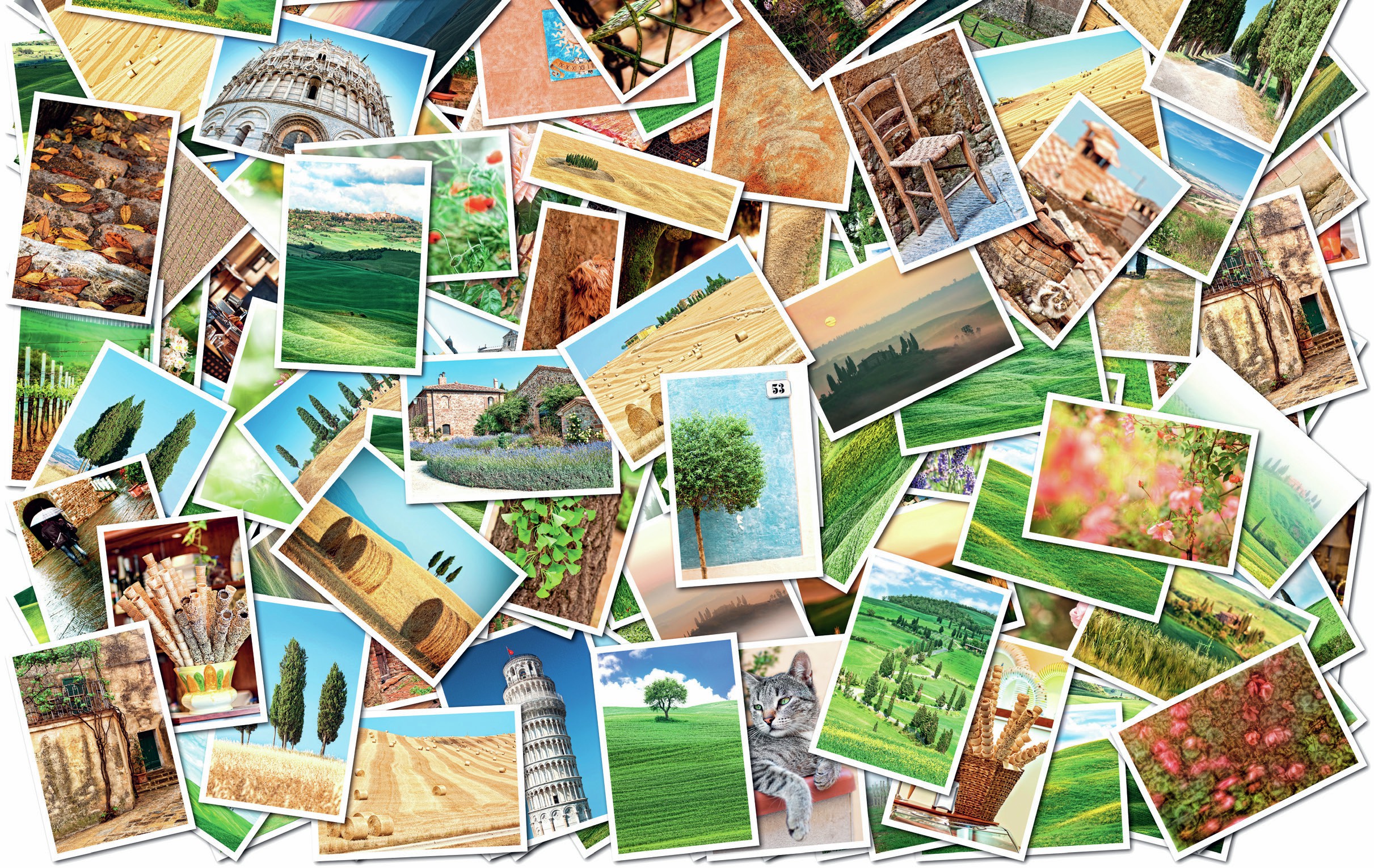
Qualitative data are non-numerical, in contrast to quantitative data which provide numerical measurements. Qualitative research is particularly useful in researching how social and cultural processes affect the places we live in. It can provide systematic evidence that gives an insight into other peoples’ views about aspects of their lives, communities and change.
In this Geographical Skills piece qualitative research is considered as a tool for examining the personal meanings of individuals’ experiences and actions in the context of their cultural environment, or ‘place’. Such research may be very personal as it aims to understand the way in which individuals perceive and explain their own experiences, actions and social environments.
Your organisation does not have access to this article.
Sign up today to give your students the edge they need to achieve their best grades with subject expertise
Subscribe




